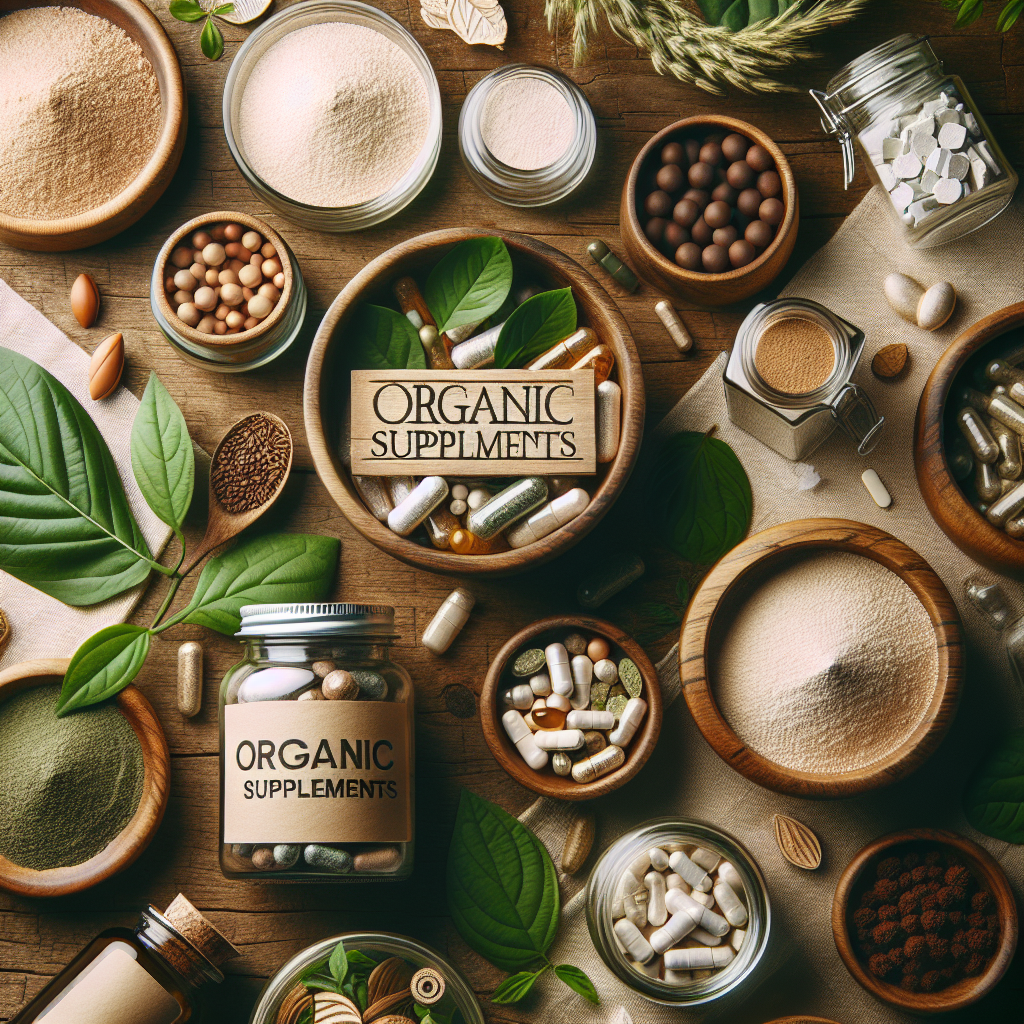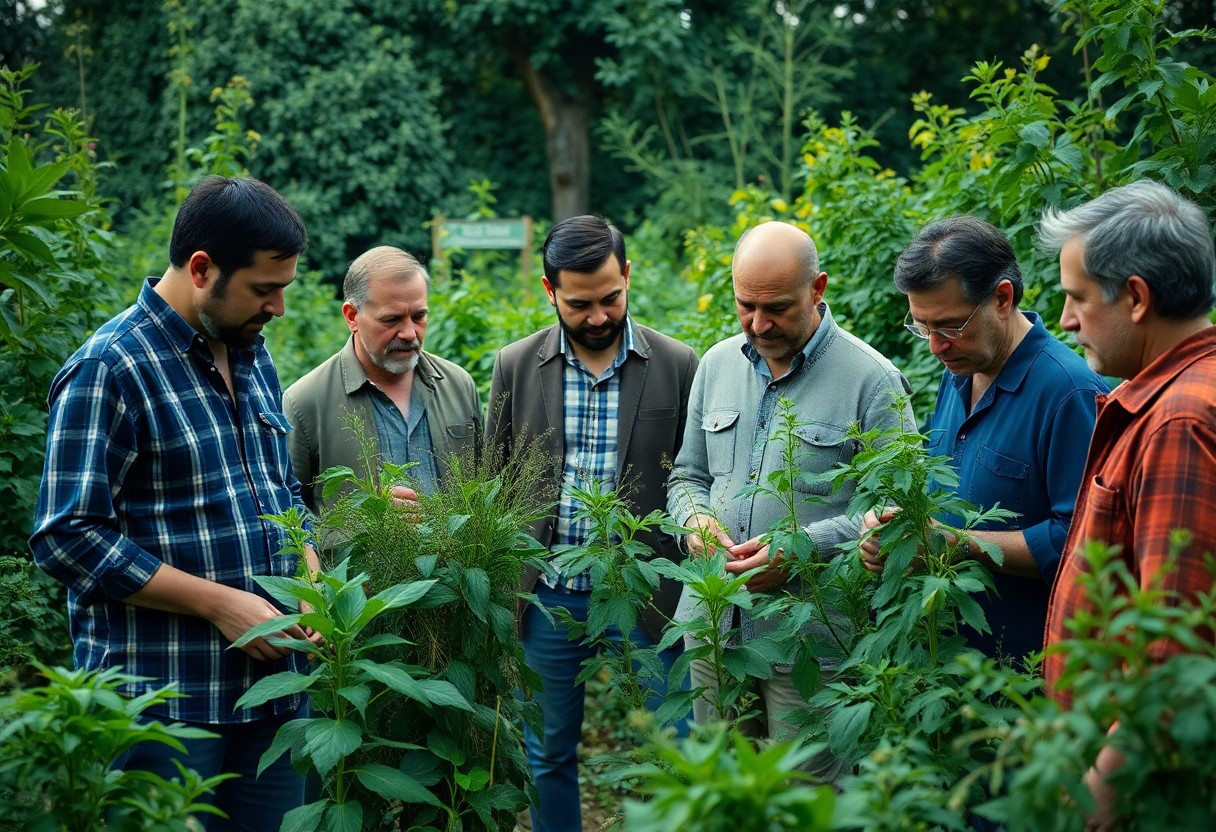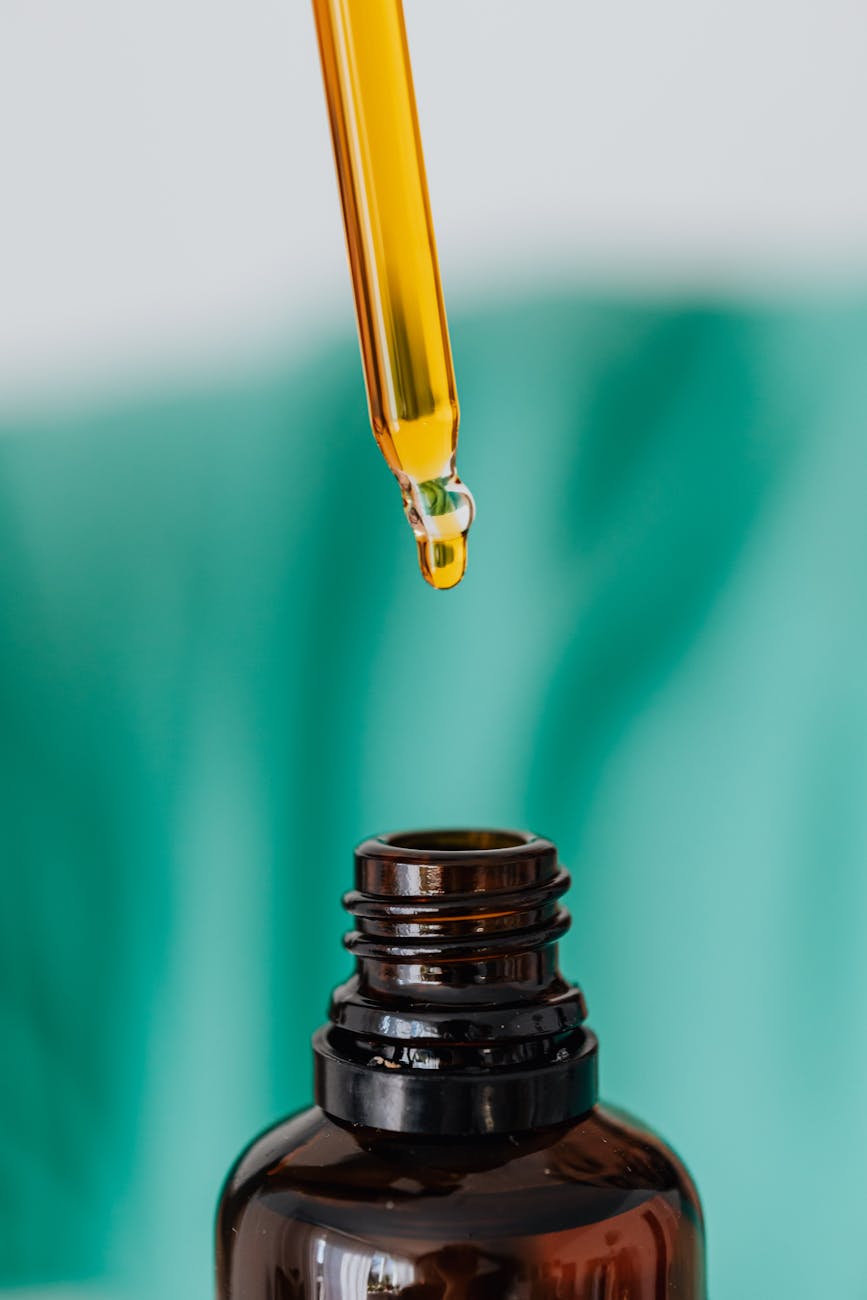Exploring the Best Herbs for Healing the Gut Lining
In recent years, gut health has become a focal point in the wellness industry. With an increased awareness of the gut’s role in overall health, many people are turning to natural remedies to heal and maintain their gut lining. This comprehensive guide delves into the best herbs for gut healing, providing information backed by research and practical tips for incorporating these herbs into your daily routine.
Understanding Gut Health
The gut, often referred to as the “second brain,” plays a crucial role in our overall health. It is responsible for digesting food, absorbing nutrients, and eliminating waste. Moreover, the gut houses a significant portion of the immune system and influences mental health through the gut-brain axis.
What is the Gut Lining?
The gut lining, or intestinal mucosa, serves as a protective barrier between the gut’s contents and the rest of the body. It plays a crucial role in nutrient absorption and immune function. When the gut lining is compromised, it can lead to a condition known as “leaky gut,” where harmful substances can pass into the bloodstream, potentially causing inflammation and other health issues.
The Importance of Healing the Gut Lining
Healing the gut lining is essential for maintaining overall health and preventing chronic diseases. A healthy gut lining supports proper digestion, enhances nutrient absorption, and boosts the immune system. According to a study published in the Journal of Inflammation Research, a healthy gut lining can also help reduce symptoms of autoimmune diseases, allergies, and mental health disorders.
Top Herbs for Healing the Gut Lining
Incorporating certain herbs into your diet can support gut health and promote healing of the gut lining. Here are some of the most effective herbs for this purpose:
1. Slippery Elm
Slippery elm, derived from the inner bark of the elm tree, has been used for centuries to soothe the digestive tract. It contains mucilage, a gel-like substance that coats and protects the gut lining. Research published in the Journal of Alternative and Complementary Medicine highlights slippery elm’s ability to reduce inflammation and promote healing in the gastrointestinal tract.
How to Use Slippery Elm: Mix slippery elm powder with water to create a soothing drink or add it to smoothies. It is also available in capsule form.
2. Marshmallow Root
Marshmallow root is another herb rich in mucilage, making it particularly effective in healing the gut lining. According to a study in the Journal of Ethnopharmacology, marshmallow root can alleviate irritation and inflammation, promoting a healthy gut environment.
How to Use Marshmallow Root: Marshmallow root can be consumed as a tea or taken in capsule form. For tea, steep dried marshmallow root in hot water for 10-15 minutes.
3. Licorice Root
Licorice root, specifically the deglycyrrhizinated version (DGL), is known for its ability to soothe and heal the gut lining. It helps increase mucus production, which protects the gut lining from damage. A study in the Journal of Nutrition suggests that licorice root can reduce symptoms of ulcers and gastrointestinal discomfort.
How to Use Licorice Root: DGL licorice is available in chewable tablets, which are ideal for gut healing. Avoid using whole licorice root if you have high blood pressure.
4. Aloe Vera
Aloe vera is well-known for its soothing properties and is often used to promote digestive health. It contains compounds that can reduce inflammation and promote healing of the gut lining. A study published in the British Journal of General Practice found that aloe vera can help relieve symptoms of irritable bowel syndrome (IBS) and other digestive issues.
How to Use Aloe Vera: Consume aloe vera juice or gel, ensuring it’s free from aloin, a compound that can irritate the digestive tract.
5. Chamomile
Chamomile is a gentle herb with anti-inflammatory and antispasmodic properties. It can help relax the digestive muscles and reduce inflammation, making it beneficial for healing the gut lining. Research in the European Journal of Pharmacology supports chamomile’s role in alleviating gastrointestinal discomfort.
How to Use Chamomile: Drink chamomile tea daily to support gut health. You can also find chamomile in capsule form or as an essential oil for aromatherapy.
Incorporating Herbs into Your Daily Routine
While these herbs can play a significant role in healing the gut lining, it’s essential to incorporate them into a holistic approach to gut health. Here are some actionable tips:
1. Maintain a Gut-Friendly Diet
Consume a diet rich in fiber, fermented foods, and healthy fats to support gut health. Avoid processed foods, excess sugar, and artificial sweeteners, which can harm the gut lining.
2. Manage Stress
Chronic stress can negatively impact the gut lining. Practice stress-reducing techniques such as meditation, yoga, or deep breathing exercises.
3. Stay Hydrated
Proper hydration is crucial for maintaining a healthy gut lining. Aim to drink at least eight glasses of water daily and include herbal teas like chamomile or peppermint.
4. Get Quality Sleep
Sleep is vital for overall health, including gut health. Aim for 7-9 hours of quality sleep each night to support your body’s natural healing processes.
Conclusion
Healing the gut lining is a multifaceted process that involves dietary changes, lifestyle adjustments, and the incorporation of healing herbs. By understanding the importance of gut health and utilizing herbs like slippery elm, marshmallow root, licorice root, aloe vera, and chamomile, you can support your gut lining’s healing and overall well-being. Remember to consult with a healthcare professional before introducing new herbs into your routine, especially if you have existing health conditions or are taking medications.
Ultimately, a healthy gut lining leads to improved digestion, enhanced nutrient absorption, and a stronger immune system, contributing to your overall vitality and well-being.
Discover more from NatureZen Market
Subscribe to get the latest posts sent to your email.











